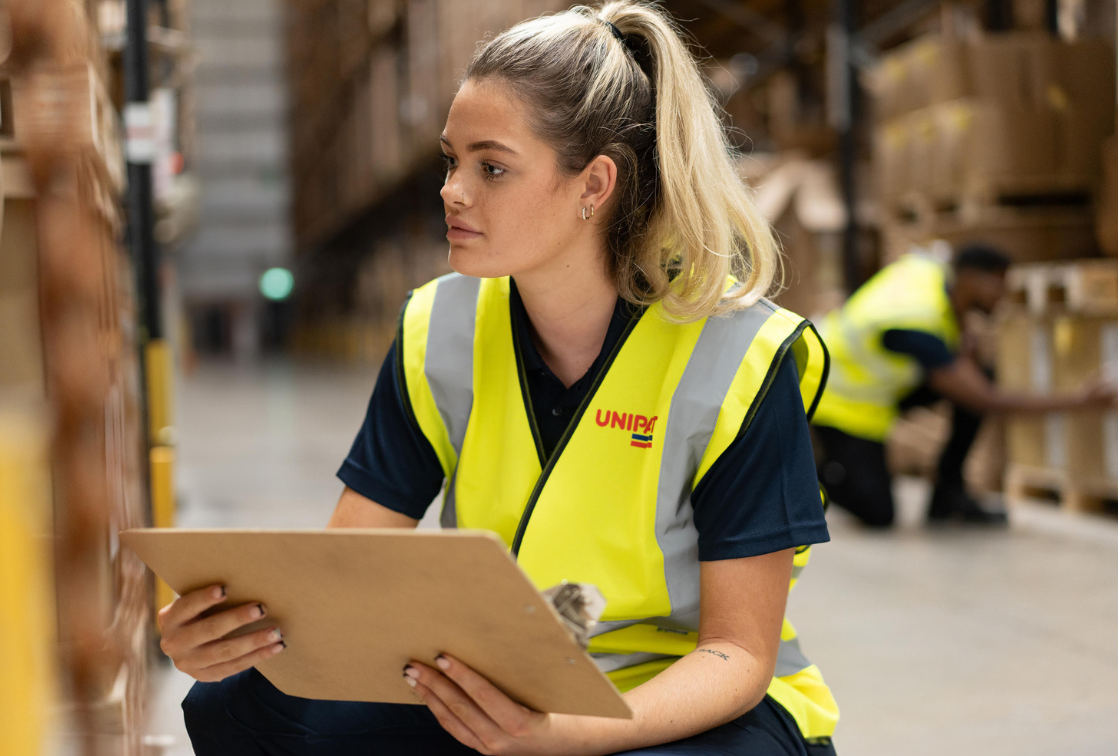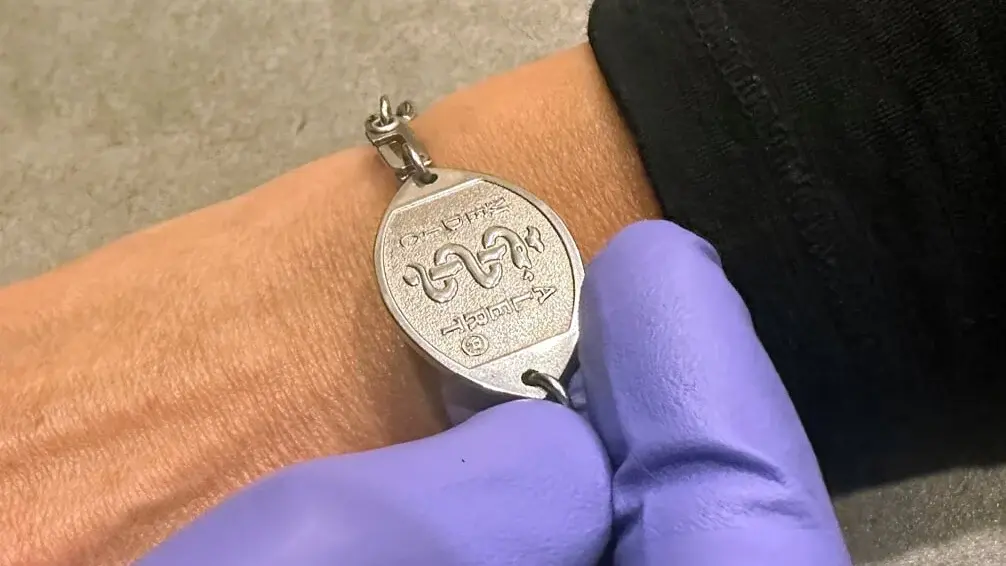Note: The following interview is part of the Orange 142 Emerging Channels Council initiative, which we launched to help SMB understand and adopt new and innovative advertising channels. As part of this effort, we’ve asked Orange 142 experts to share their insights on new opportunities, strategies, and challenges in the digital advertising landscape. This interview is one of many resources created by the Council. Be sure to download the Best Practices Guide for actionable advice tailored to emerging channels.
By Calvin Scharffs
Just a few years ago, the business world was buzzing with excitement about the metaverse. Seen as the next big thing, McKinsey & Company predicted that by 2030, the metaverse would generate $5 trillion in economic value. Major brands jumped at the opportunity, snapping up virtual real estate in platforms like Decentraland.
But that initial excitement was followed by a sobering reality. Virtual land prices plummeted—plots in The Sandbox, for instance, dropped 90% from $15,000 to $1,500— and conversations about the metaverse seemed to fade. Does this mean that the metaverse is a failed experiment?
Far from it. Platforms like Roblox, with its 7.9 billion users and Fortnite, with its 450 million, are thriving. Brands are investing, and seeing great long-term results. But the Metaverse of today isn’t for all brands, but that will change in the coming decades.
To understand the opportunities and challenges ahead, I sat down with Lindsey Wilkes, Senior Vice President of Business Development, to uncover the lessons learned and explore what’s next for brands navigating the metaverse.
CS: What makes the metaverse such a compelling opportunity for brands?
LW: The metaverse is a really exciting opportunity to engage with potential customers on a whole new level. The experience is highly immersive. A user can enter a virtual store, “walk” to different departments, each with an ambiance that's crafted to the particular theme or department. So let’s say you’re a shoe brand, the section with running shoes can have energetic music, while the dress shoe display can have jazz playing in the background.
For brands, the metaverse offers an opportunity to build lifelong loyalties, and we see that occurring already. High-end brands, for example, can establish their identity with younger consumers, creating a connection that evolves as those consumers grow up and start seeing purchases as investments.
It also provides unparalleled insights into consumer behavior. Brands can see what users are exploring, purchasing, and engaging with in real time, offering a roadmap to inform future product design and marketing strategies.
CS: Those are amazing opportunities. Why hasn’t the metaverse taken off like expected?
LW: Well in many ways it has, as you mentioned in the introduction with Roblox and Fortnite. These platforms are thriving. But, it hasn’t worked for all brands, or not yet anyway.
I think a crucial element is having a holistic ecosystem where users can complete end-to-end transactions. Roblox offers that. Fashion brands like Gucci are investing in the platform because they can sell virtual items for users to buy for their avatars, which create a complete experience. It’s harder to have success if critical parts of an experience aren’t available from the platform.
Another factor is the target audience. Platforms like Roblox and Fortnite thrive because their users have grown up immersed in these digital environments, so they take to it in ways that older demographics don’t.
CS: Can you give me an example of a scenario that isn’t quite right for the metaverse?
LW: Sure. We worked on a tourism project a few years ago, back when the metaverse was a major focus in the media. Our goal was to create an immersive experience for the destination that showcased it as an ideal place for Expos, conventions and corporate meetings.
This DMO was one of the first clients willing to allocate a reasonably significant budget toward a metaverse initiative, which allowed us to develop an engaging and interactive virtual product.
But you know, while the final result was innovative and visually impressive visually, the user engagement levels simply weren’t there. Ultimately, the audience for this kind of experience wasn’t large enough at the time to justify a repeat investment.
CS: Why do you think that is?
LW: Travel and Tourism is a tricky sector because it's already difficult enough for them to track the conversions. So unless you’re able to book a block of rooms at a hotel or a reserve conference hall through the metaverse, it really isn’t possible to measure ROAS.
For this reason, I advise marketers to think carefully whether 2025 is the right time for them to invest in the metaverse. If you’re operating on smaller budgets, like DMOs, or if tracking conversions is a critical goal, then you need to make sure you can complete transactions in the metaverse.
Of course, there are plenty of brands that can sell things in the metaverse, as we see on Roblox and Fortnite. Both of these platforms offer in-game currencies, which make transactions very seamless. But right now, it’s still not practical to do things like book a convention center in the metaverse.
CS: What types of brands or industries are seeing success in the metaverse today? And what makes them well-suited for it?
LW: Some of the most successful industries in the metaverse today are those that naturally align with immersive, experiential marketing. Fashion is a perfect example. Brands like Gucci and Balenciaga have invested in platforms like Roblox and Fortnite to create virtual collections and even sell digital clothing for avatars. These initiatives resonate with younger audiences, and as we mentioned earlier, build brand loyalty early. This is incredibly important for high-end and aspirational brands that need to think about their future customers.
Beauty brands are another great fit. They can use the metaverse to showcase virtual try-ons, interactive tutorials, and new product launches in a way that feels fresh and engaging. A perfect example is Urban Decay's Metaverse Makeup Launch Party on Roblox.

Automotive brands are also doing fascinating things. BMW, for instance, launched an initiative within Roblox to immerse younger audiences in their brand. These users may not be buying cars now, but the experiences create long-term brand awareness and preference.
What ties these successes together is that these brands focus on creating end-to-end experiences. Whether it’s selling a digital product, building a sense of community, or providing interactive engagement, these industries are leveraging the metaverse to make meaningful connections with their audience.
CS: When do you think the metaverse will truly hit its stride?
LW: The metaverse is ahead of its time right now, and that’s part of the challenge. The most engaged users are younger generations—those who’ve grown up on platforms like Roblox and Fortnite. These kids are fully immersed in digital environments, so they understand and embrace the concept of a virtual world in a way that older demographics don’t.
As these users grow up and become adults, they’ll bring their expectations for seamless, immersive digital experiences into their decision-making as consumers. That’s when we’ll likely see the metaverse evolve into a mainstream channel for brands across industries.
I’d say we’re looking at a 10- to 15-year timeline before the metaverse truly reaches its stride. By then, the technology will be more advanced, the audience will be more attuned to virtual experiences, and the infrastructure to support end-to-end transactions will be far more robust. Brands that take steps now to experiment and learn will be in a strong position to thrive when that moment arrives.
CS: Let’s say some of our readers think they’re right for the metaverse, where can they get more information?
LW: The first step is to download our Best Practices Guide for the Metaverse, which Orange 142 developed as part of our Emerging Channels Council.
Want to learn how this can work for you? Orange 142 helps SMBs navigate and maximize emerging advertising channels with strategic guidance and best practices. Let’s connect to explore the right approach for your goals.
About the Orange 142 Emerging Channels Council
The Emerging Channels Council serves as a thought leadership body within Orange 142, focusing on educating, guiding, and encouraging independent brands and agencies to experiment and excel in underutilized and innovative channels. Through collaboration, data-driven insights, and practical resources, the council will help Orange 142 clients obtain strategic growth through sustainable practices in digital advertising.
To access all of the Emerging Channels Council resources, please visit: https://orange142.com/emerging-channels-hub





